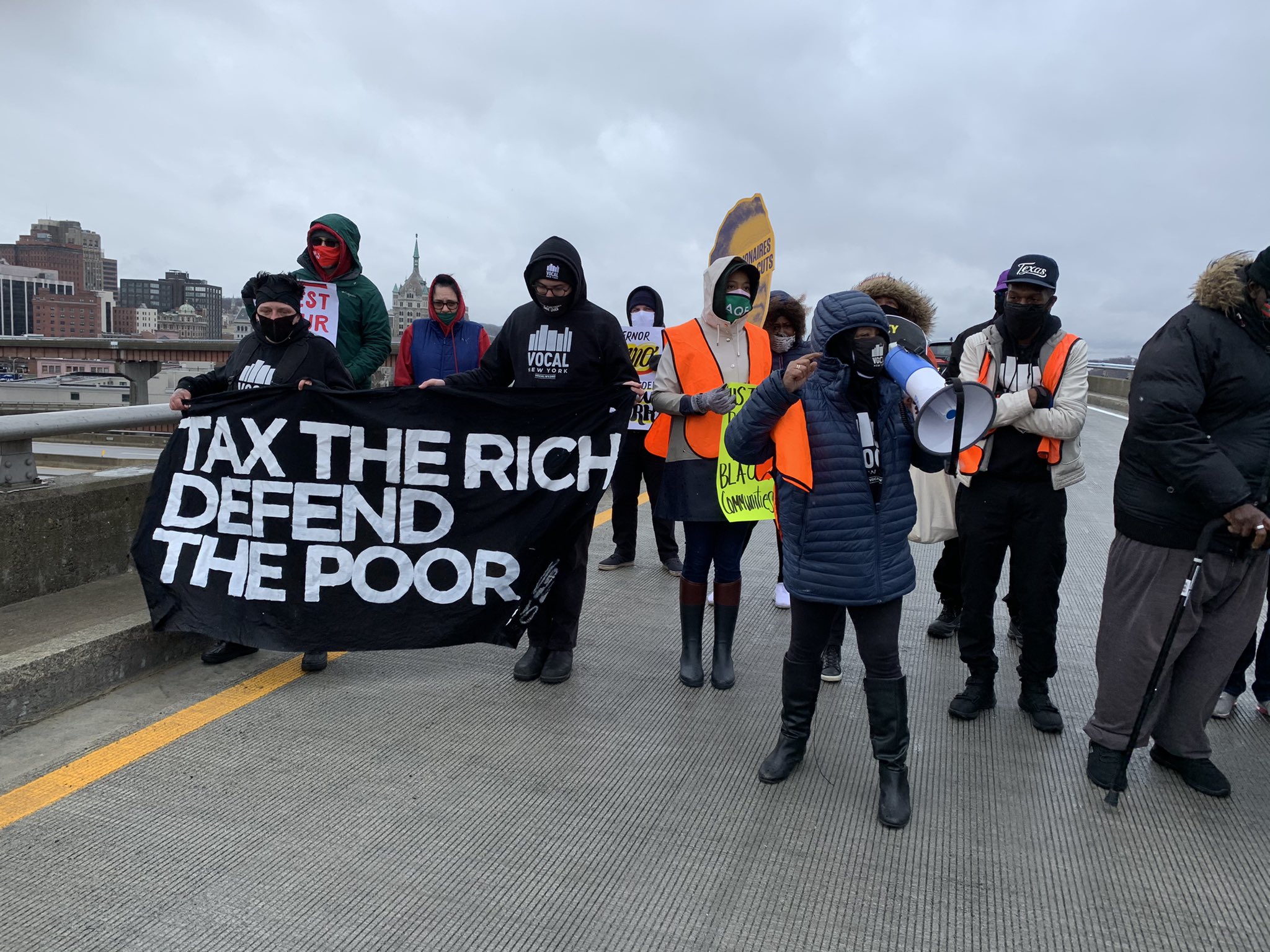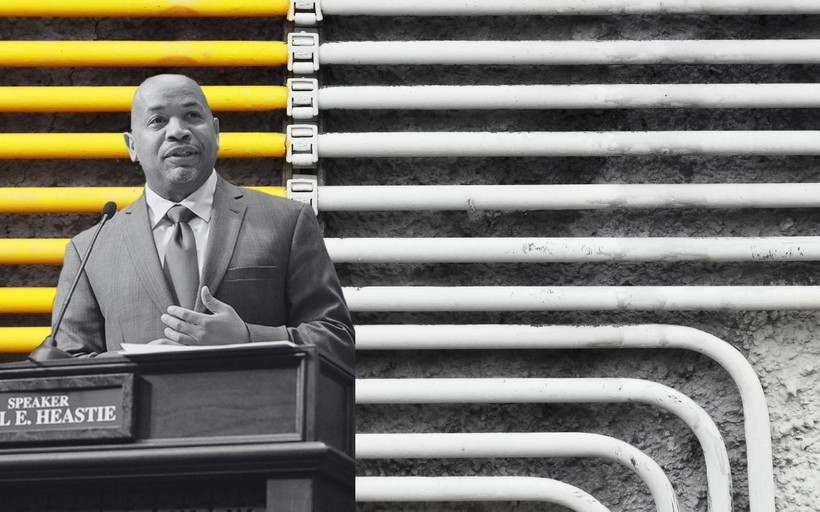Will New York’s Rent Relief Program Address The Problems that Hobbled The Last One?
Governor Andrew Cuomo is pushing to impose stringent requirements, according to lawmakers and tenant advocates, that could delay and decrease aid.


The Assembly rejected legislation that would have sped up New York’s transition away from gas.
Low-wage manual laborers can sue to make their bosses pay them weekly. Hochul’s late-breaking budget addition may undermine that right.
New York’s transparency watchdog found that the ethics commission violated open records law by redacting its own recusal forms.
New York has one of the weakest consumer protection laws in the country. This year’s state budget may change that.
Hochul’s proposed Medicaid cuts include $125 million from Health Homes, a program that connects the neediest New Yorkers with medical care, food assistance, and more.
One in five kids in New York live in poverty. Legislators are pushing Hochul to fulfill her promise to cut that rate in half.
As real estate developers resist wage guarantees and try to roll back tenants’ rights, a potential budget deal is at an impasse.
What are industrial development agencies?
The county is ready to restart real estate subsidies after a two-year pause. Residents fear it won’t fix their housing crisis.
 Housing advocates were arrested at an Albany protest urging legislative leaders to "hold the line" in negotiations on April 1. (Photo: Housing Justice For All)
Housing advocates were arrested at an Albany protest urging legislative leaders to "hold the line" in negotiations on April 1. (Photo: Housing Justice For All)

